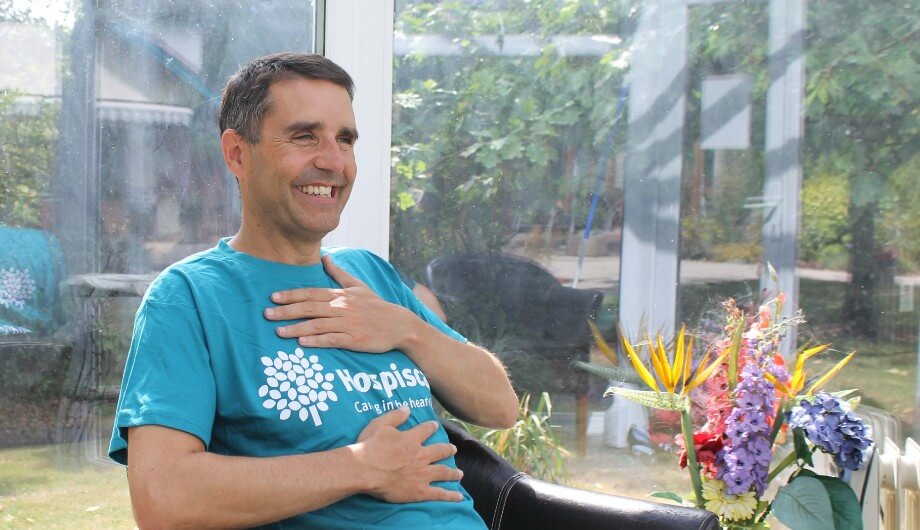A productive cough is a wet or chesty cough in which phlegm or sputum is coughed up. The secretions that you cough up might be thin, frothy, thick or sticky and may be difficult to clear. The colour will vary from clear/white to yellow/green. It is important that you discuss any cough symptoms with your doctor or nurse.
If you are experiencing a dry cough, which does not produce phlegm, click here.
There are a number of strategies that can help when you have a productive cough:
- Drink plenty – water preferably, as this will help thin your secretions.
- Juices and canned drinks are ok too
- Tea, coffee and cola are less helpful as they have a diuretic effect (make you pass more urine)
- Sipping a hot, steamy lemon drink can help
- Check that you are in a comfortable sitting position, eg. relaxed sitting, relaxed standing, forward leaning or lying on a bed with your ‘good’ side uppermost.
Breathing techniques
Alongside drinking plenty and making sure you’re sitting or lying comfortably, you might also try the following breathing techniques. There are two specific techniques that can help a productive cough.

1) Active cycle of breathing
- Start by making yourself comfortable in your preferred position. Ensure that you are well supported and your shoulders are relaxed. Have a glass of water nearby
- Take four controlled breaths
- Follow with four gentle deeper breaths by expanding the lower chest and using abdominal breathing if you can
- Take four controlled breaths
- Take four gentle deeper breaths by expanding the lower chest
- Take four controlled breaths
- Do two huffs. A huff is when you take a gentle breath in and blow out quickly by squeezing in your tummy/waist – eg. like trying to mist up a window. Keep your head up whilst doing this to open up your airway.
- Relax and rest for a few moments.
Repeat the cycle until you feel an improvement.
2) Alternative cycle of breathing
This technique squeezes and stretches your airways so that secretions can be brought up from deep in your lungs with as little effort as possible. Sit or lie comfortably in your preferred position. Have a glass of water nearby.
- Start by blowing your nose and clearing your throat
- Take one, two or three slow breaths like sighs – breathing in through your nose if possible
- Relax for a little while until your breath is back to normal
- Take a very small breath in. Huff out to move secretions but not so hard as to make you wheeze or cough
- Relax for a little while and take a sip of water
- Again, take one, two or three breaths like sighs
- Relax to steady your breathing
- Take a breath in and huff.
Continue the cycle. Take your time – do not rush. As you feel the secretions move up, allow yourself slightly deeper breaths before you huff. When the secretions are high enough you will be able to huff or cough them out.
Try not to cough too early or during the breathing exercise. If you do, take a sip of water, relax and start again.
Use whichever technique works best for you.
Try to practice these exercises at least twice a day, eg. first thing in the morning and last thing at night. If you are using a nebuliser, these techniques can be used at the same time.





